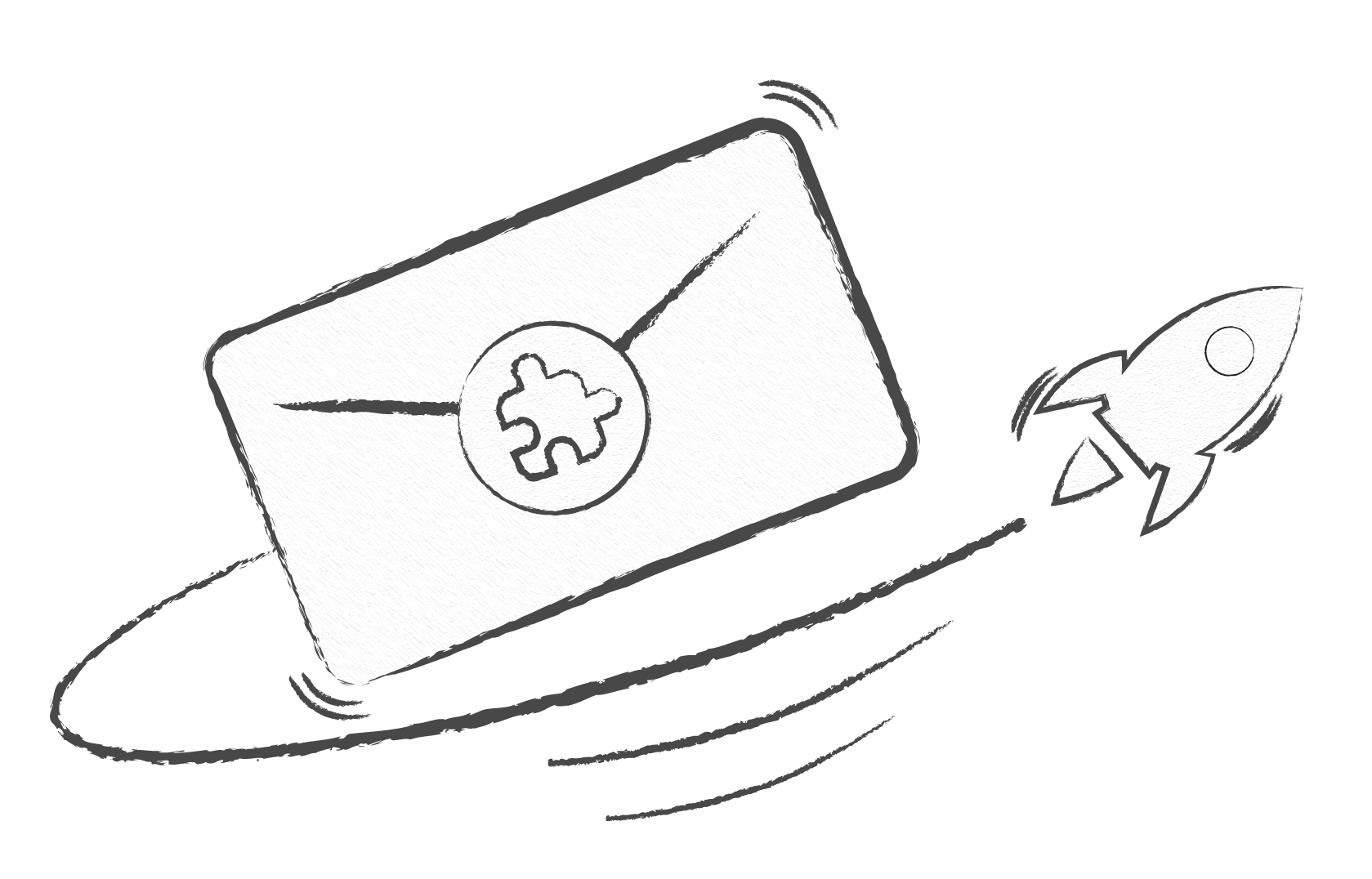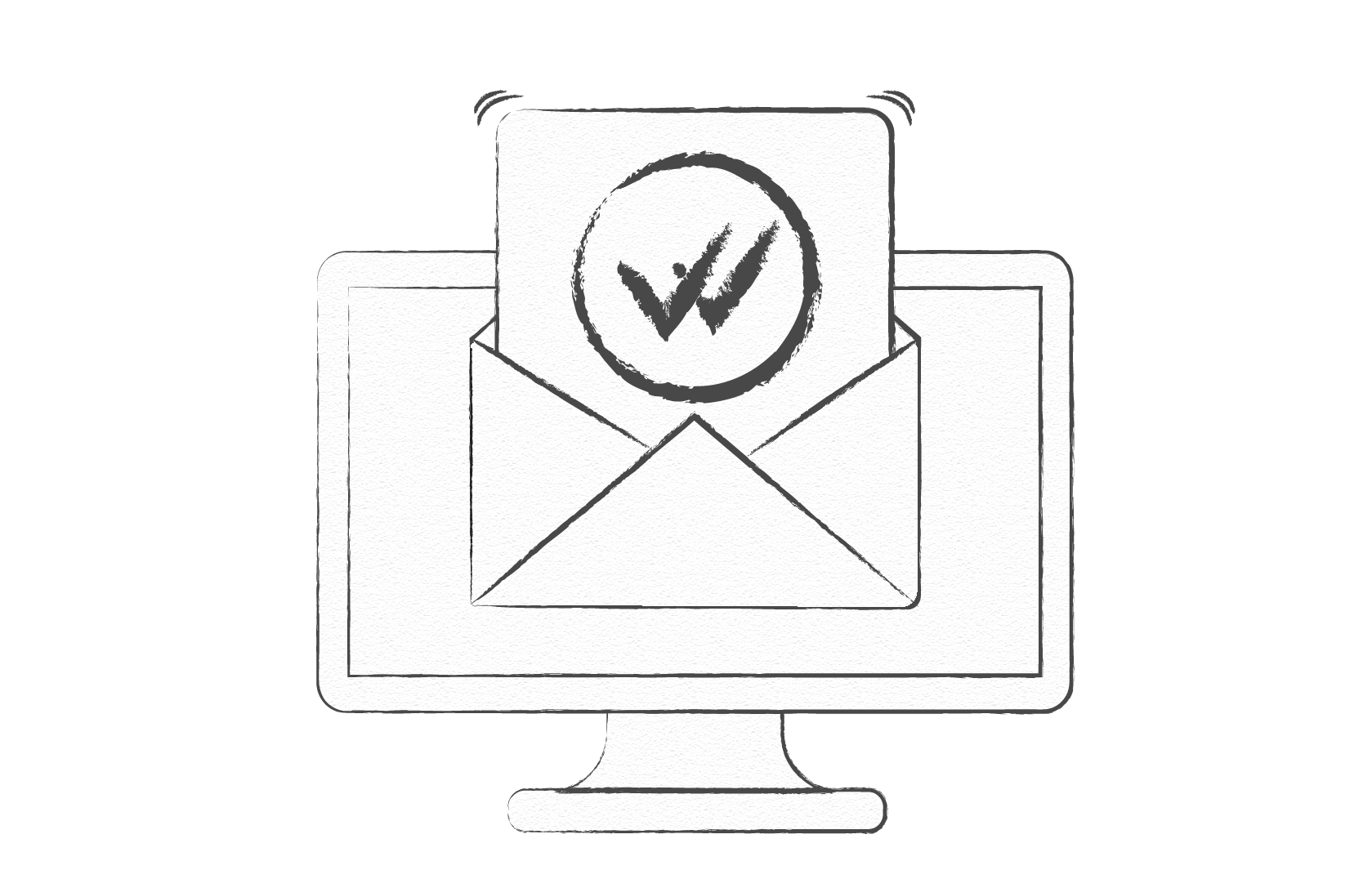
Have you ever received an email that you didn’t even open? It went directly to the trash folder, didn’t it? Why?
Most probably because you read the subject line and considered the email useless or not so relevant to you. The same might happen with the emails that you have sent to others.
Subject lines are at the very front of your email campaign. They are the very first thing your recipients or customers will see. Whether or not your email will be opened depends mostly on how you craft your subject lines.
Therefore, if you want your customers or partners to open and consider your emails, we’ve got you covered with 5 actionable tips to craft good subject lines for cold emails.
Before we dive into the actual tips, let’s first understand why subject lines matter in email outreach.
Emails are one of the main means of reaching out to people and reaching your email marketing objectives in general.
And subject lines are the first thing people see when they receive your email. Consider them as the title of your email.
You can spend hours on having the most well-written email body containing the most profitable offers for your recipient, but if your subject line is not attention-grabbing enough, people are more likely to ignore your email.
Let the numbers speak for themselves.
According to Zerobounce statistics, that happens with 43% of people, who open the email based on the subject line.
You already know about the importance of good subject lines for cold emails in raising the open rates of your email campaign.
Now that you are already working on them, these tips will guide you along the way.
If your email copy is addressing someone specific by mentioning their name, industry, or location, but the subject line isn’t, then the email will most likely be considered a general email and may not be opened by your recipient. Consider adding personal components (such as the name) in the subject line to grab attention.
Here are some options you can have in mind to help you with email personalization.
Your recipient’s name is the most obvious component to include if you want the email to sound personal. When people see their names in the subject line, they will instantly recognize that this email is specifically written for them.
Example: Hey [Name]! Enjoy 20% off your next order — special deal for [location] businesses.
If your email is directed to an audience working in a specific industry, and if your email will include information about that industry, consider mentioning it upfront in the subject line to draw attention.
Example: [Name], see how new AI solutions are transforming the healthcare industry.
If the offer you are going to make in your email is relevant to a specific location, mentioning it in the subject line will add another layer of personalization. Your recipients will get the feeling that this specific email is just for them, living in that specific location.
Example: Hey [Name]! Enjoy 20% off our Berlin store this week only!
Imagine you are offering a product or a service. Your customer has recently made a purchase, and now you want to offer a similar product/service via email. This is a perfect opportunity for personalization.
In your subject line, you can briefly remind them about the completed purchase and offer a new product as a natural next step.
Don’t forget to add their name and what they purchased in the subject line for your customers to feel that this new offer is just for them.
Example: Hey [Name]! Loved your Workout Kit? Meet its perfect companion.
In the same way, your customers may have formed a wishlist that has been left there for days without advancing to the checkout. Send them a follow up email with a subject line reminding them about their recent wishlist and mentioning about any sales or special discounts for those specific wishlist products.
Example: Hey [Name]! Your wishlist items are waiting — now 15% off just for you!
Your subject line is the one-sentence representation of your whole email body. Your email teaser.
So, make sure you include the core information in your subject line. Shortly present what your recipient will get by opening your email. As you are sending different types of emails, your recipient must quickly understand what to expect down in the main email right from your subject line.
In other words, if your subject line is too general or vague, your email will not be considered.
Example: Instead of a general “Exciting News Inside!”, consider this option: “Introducing Our New Tool to Boost Your Workflow”.

Image Source: Freepik
Continuing with what’s said above, when you are specific with your subject lines, you also need to be short with them. Being specific doesn’t mean telling everything in your subject line.
Provide a catchy intro to your main email, but don’t over-present it.
It is also important to keep your subject lines short because of email readability. Your recipient must be able to read the full sentence on all the devices where the email can be opened.
Ahrefs suggests keeping the character limit to up to 60 characters so that your emails are further opened and considered.
As said, your email subject line is your main email teaser. That’s why the interest must be evoked starting from the subject line.
Your subject line can be perfectly short, can contain all the relevant information regarding your email, but still, no open rate.
Maybe there was no hook in it, and it sounded dull? A grabby hook is sometimes the main key to good subject lines for cold emails.
To make your subject line more catchy, we recommend:
Example: Cut your project time by 30% with our new tool
Beginning with a question to evoke curiosity.
Example: Ready to double your productivity this week?
Example: Disclaimer: Our new product may cause serious efficiency.
While you need to evoke interest in your recipient, don’t force them to do anything. Forcing your recipients means adding spam words or phrases that might seem like you are “yelling” at your recipient.
Indeed, you want your recipients to take action after receiving your email, such as purchasing your product or subscribing to your newsletter. But make sure you are using suitable language and intonation in your subject line and don’t sound too promotional.
Let’s take an example of a product launch email subject line.
Example: Instead of writing “BUY NOW!!! Limited offer for our new product!!!”, consider writing “Discover our new tool today and get 15% off”.
Pay attention to punctuation marks as well. Using too many of them can evoke pressure and unnecessary urgency, which can result in your recipient considering your email as spam.

Image Source: Freepik
Now you have the tips at hand. But people are different, and so are their preferences.
Your audience can either approve or disapprove of the subject lines that include the tips above, so make sure you conduct proper email A/B testing.
Email A/B testing includes sending two versions of emails with slight modifications to your recipients to see which one works best.
For effective testing, you need to divide your audience into segments and send them different versions of emails. You can track your emails by installing an email tracking app to help you identify who opens your emails.
You can test everything from the email body itself to CTAs or the subject line.
Which email was opened more? Was the humor appreciated in the subject line? Or maybe it was better to go with the professional style and tone?
The test results can answer these questions and show whether, for example, it was better to include your recipient’s name in the subject line or maybe it was better to go with your brand name alone.
No one knows your audience better than you, so make sure you tailor both your subject line and email to your audience’s preferences.
Crafting a well-thought-out email is important to reach your email outreach goals. But your emails must be opened first. And that’s where the role of eye-catching and good subject lines for cold emails comes forward.
Your subject lines will serve their best and ensure high open rates if you personalize your subject lines, keep them short (max 60 characters), are specific with your main message, don’t push your recipient, and include a hook.
And when you are done drafting your subject lines, conduct an A/B test to see which option makes your recipients open your emails without any hesitation!


Have you ever felt overwhelmed with your own email inbox? Then you probably know the …
Read more

That's right - you need to invest in email marketing. But to get real results, you must first secure…
Read more

Are you one of those people who feel nervous about AI? Don’t be. Yes, AI is transforming many a…
Read more

With over 97% deliverability you can ensure the best results.